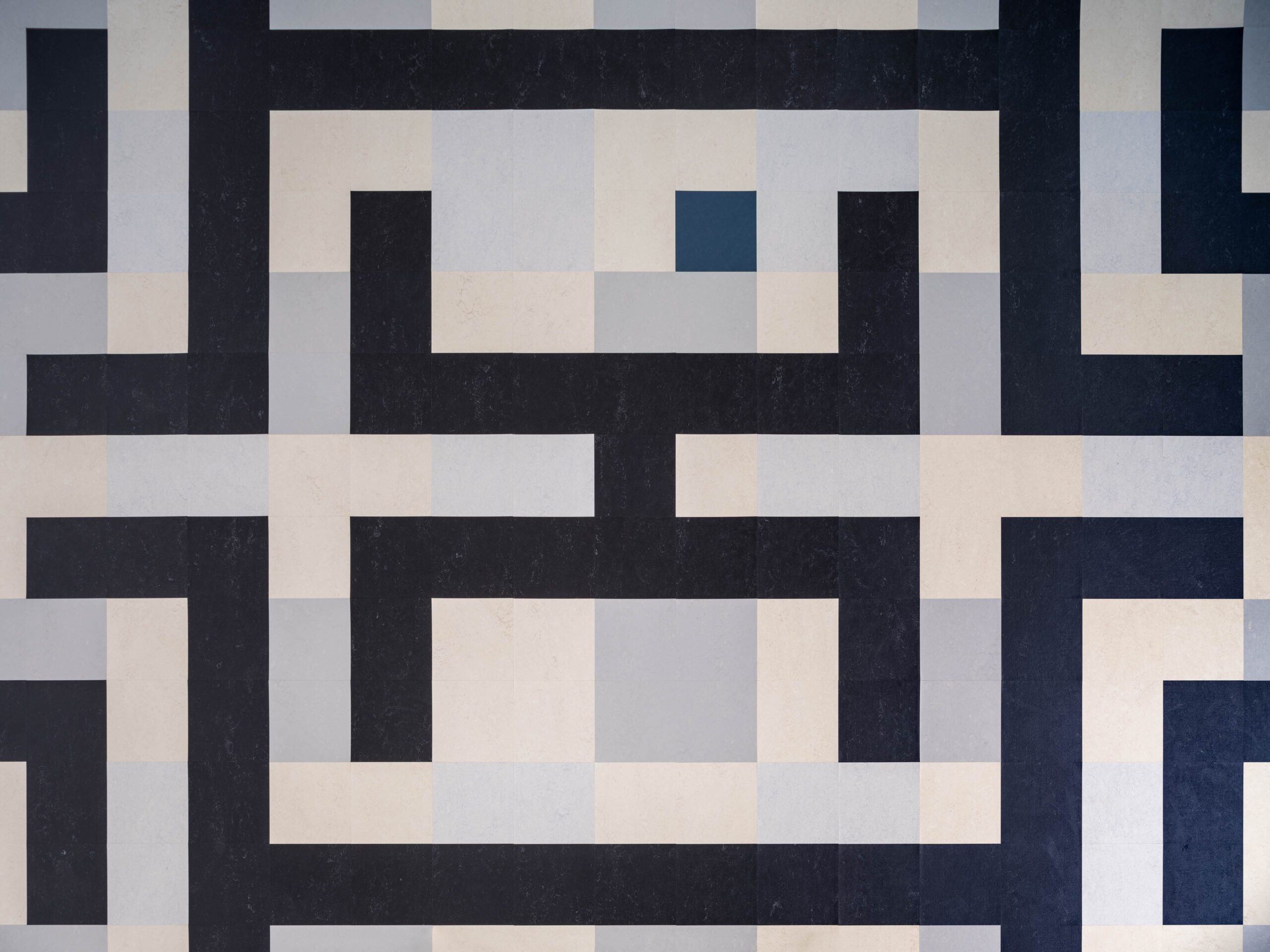
Södertälje konsthall
Public Art
Opacity (for Édouard Glissant)
By Birger Lipinski, Laercio Redondo,
Opacity (for Édouard Glissant)
By Birger Lipinski, Laercio Redondo,
Opacity (for Édouard Glissant)
By Birger Lipinski, Laercio Redondo,
Opacity (for Édouard Glissant)
By Birger Lipinski, Laercio Redondo,
Opacity (for Édouard Glissant)
By Birger Lipinski, Laercio Redondo,
Opacity (for Édouard Glissant)
By Birger Lipinski, Laercio Redondo,
Opacity (for Édouard Glissant)
By Birger Lipinski, Laercio Redondo,
Public works
Opacity (for Édouard Glissant)
By Birger Lipinski, Laercio Redondo,

Welcome to step onto an artwork by the artist duo Birger Lipinski and Laercio Redondo. The recently completed piece Opacity (for Édouard Glissant) is Södertälje konsthall’s new floor. The old parquet has been replaced with a large work of art by the artist duo Birger Lipinski and Laercio Redondo. The pattern of Södertälje konsthall’s floor has taken inspiration from the millennial tradition of basket weaving among indigenous peoples on the American continents. Braiding baskets has historically replaced writing and reinforced the spoken word in many of these cultures. In addition to the decorative function, the braid has met ceremonial and practical needs. The patterns have also carried knowledge, myths, and visions from one generation to the next.
Over millennia, these works of art have conveyed the importance of integration between art and life. Inspiration for the floor also comes from the Caribbean philosopher and poet Édouard Glissant, who in his text Poetics of relation contrasts opacity – the opaque – with the Western desire to communicate transparently and completely with focus on the rational. The only way that differences can coexist, says Édouard Glissant, is in negotiation, in that both sides make an effort to listen and translate. The book The Phantom Collection The book The Phantom Collection documents the process around two major artistic immersion projects by Laercio Redondo and Birger Lipinski for Södertälje konsthall: Opacity (for Édouard Glissant) and the exhibition The Phantom Collection. Additionally, the book investigates the artist duo’s practice and Laercio Redondo’s artistic work with a critical approach to modernism and its historical narrative. The book also presents Laercio Redondo’s exhibition The simplest thing is the hardest to do (Mies van der Rohe Pavilion, Barcelona 2020) in a text by art historian Cecilia Fajardo-Hill. In this text, Fajardo-Hill highlights the artist’s intervention in relation to the modernist pavilion’s overlooked past. In another text, Daniel Jablonski – researcher and artist – summarizes Redondo and Lipinski’s long-standing collaboration and artistic practice in the overlap between art and architecture and finally delves into the exhibition The Phantom Collection, which also gave the book its name.
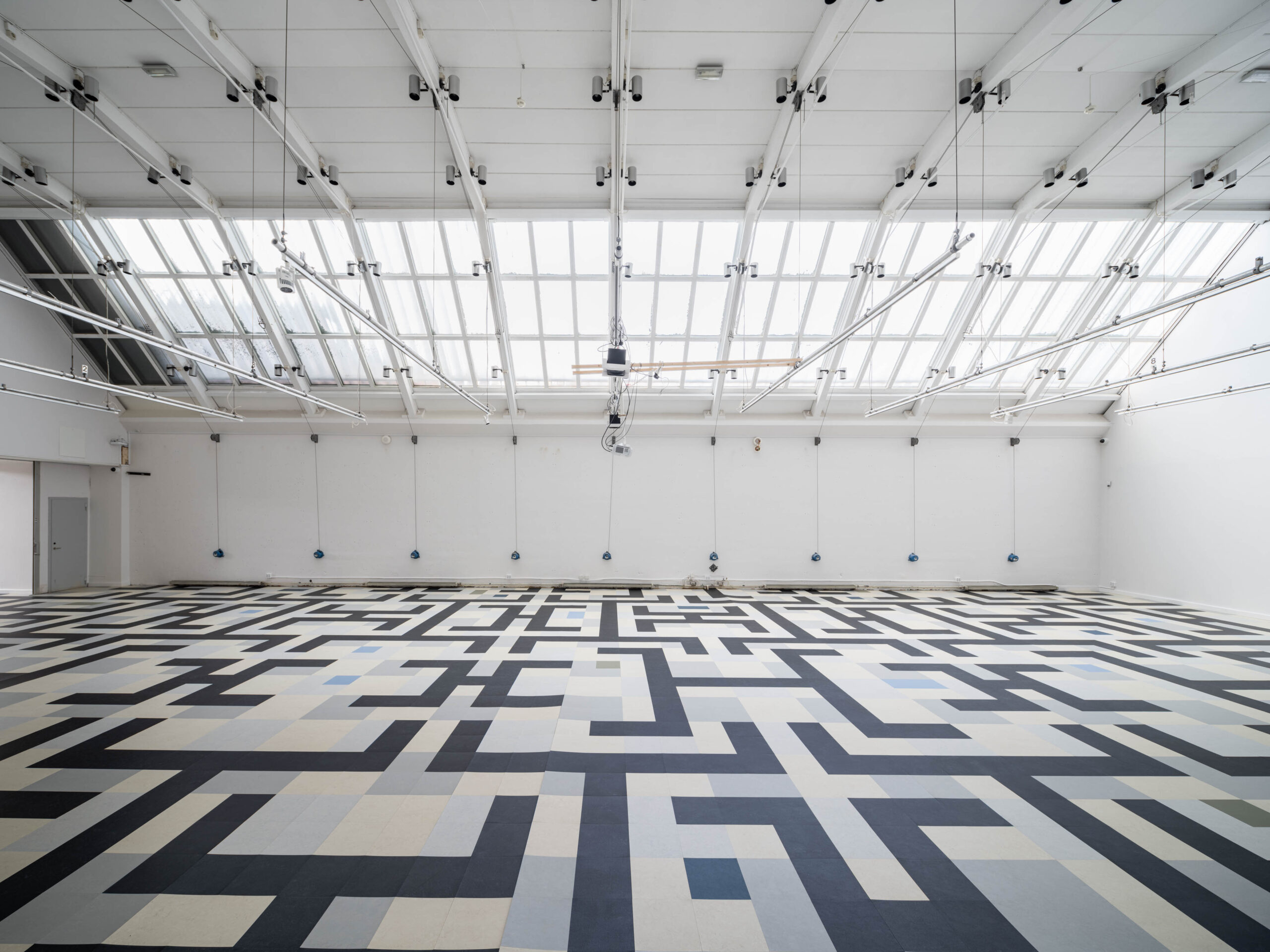
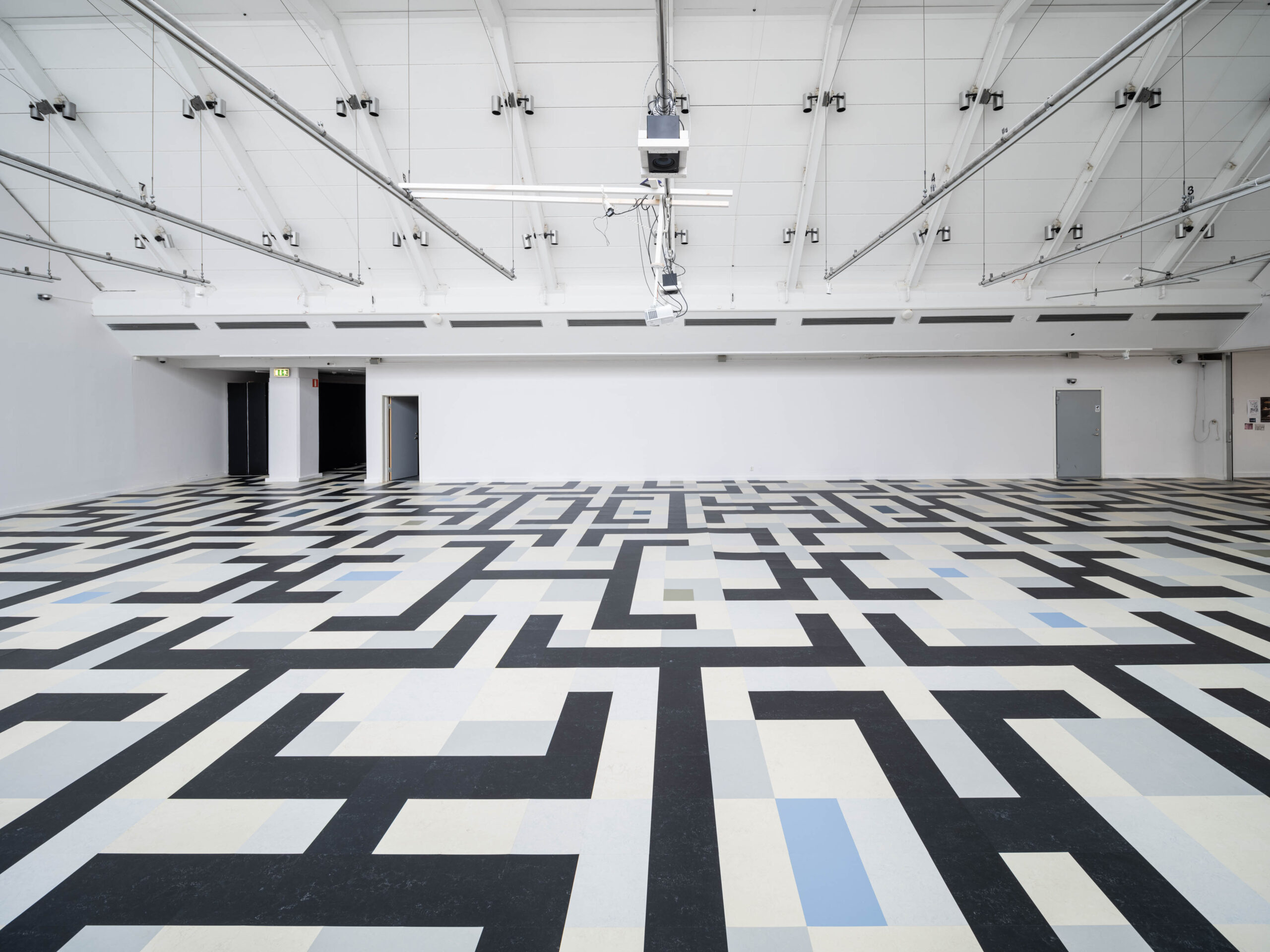
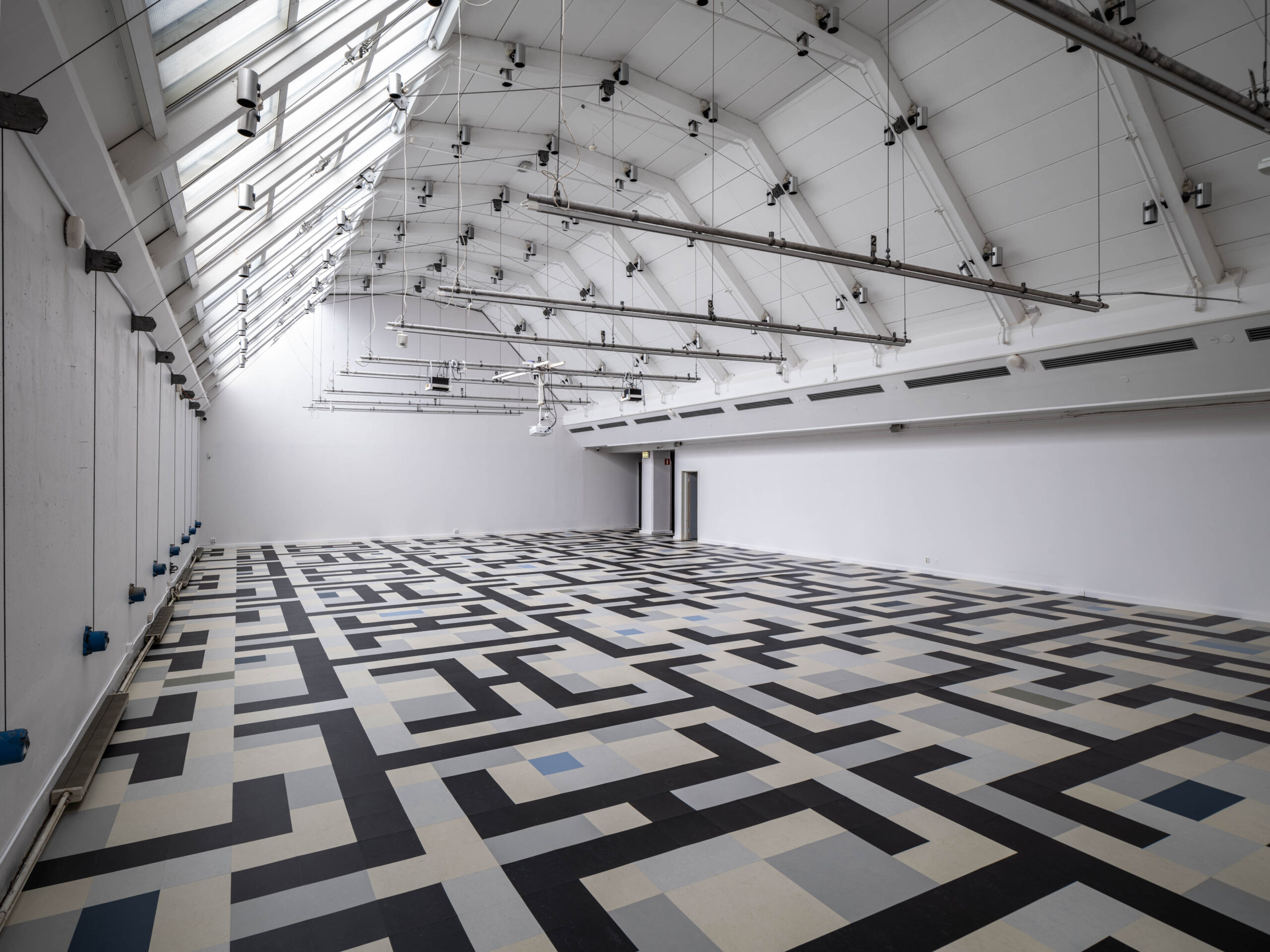
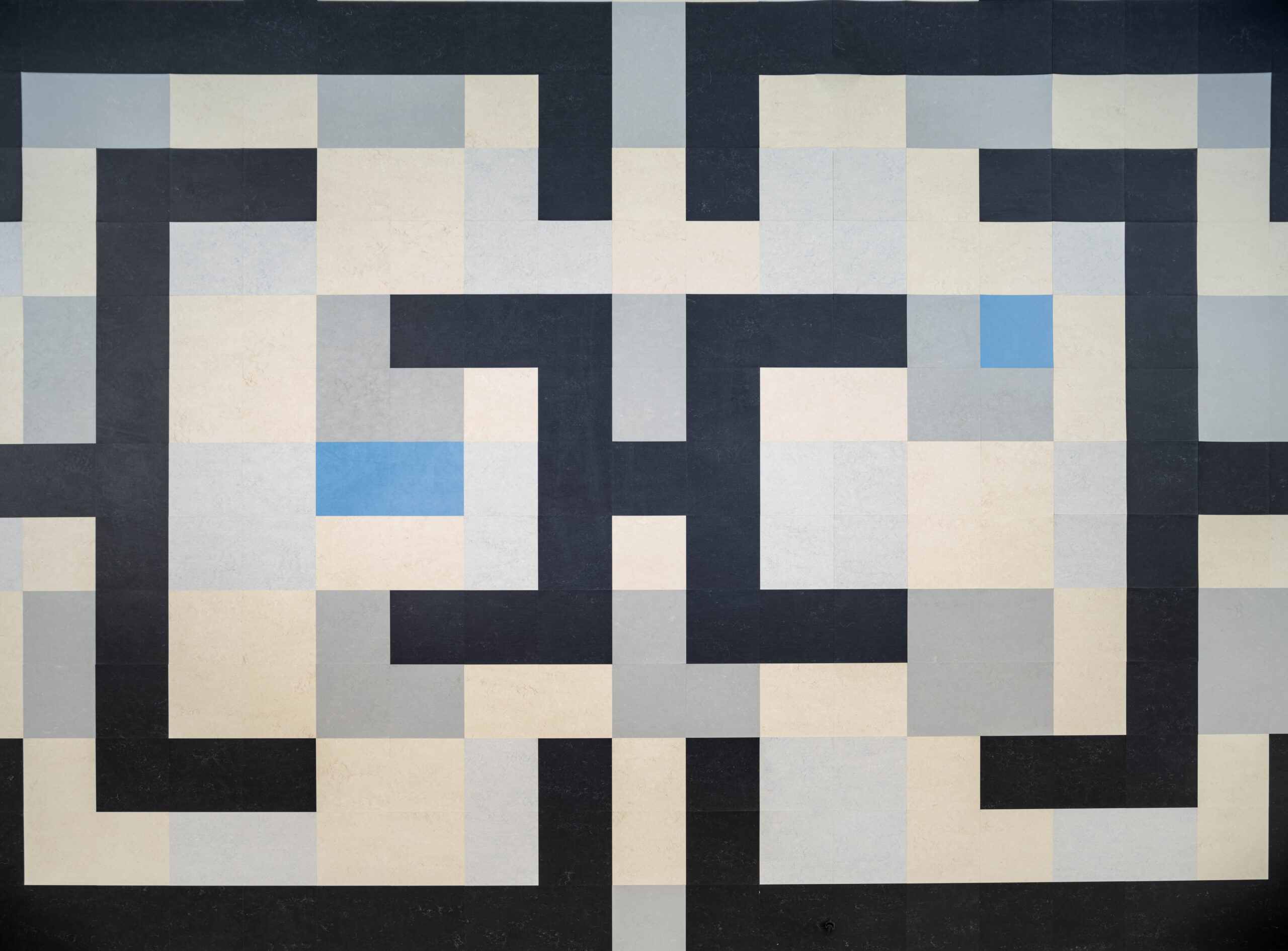
Photo: Jean-Baptiste Béranger